
Most gardening advice starts with using the USDA plant hardiness zone. If you don’t know yours, you can google it easily. This map is based on the coldest temperature range in winter months and helps determine what plants can survive till next year- perennials. Some warmer climates can grow annuals as perennials, but here in my zone 4B the only perennials I have in my garden are raspberries, strawberries, and rhubarb. Most gardeners in a cooler zone like mine won't have a winter garden unless they have a greenhouse, cold frames, or other way to protect plants from the coldest temps.
The most important consideration to determining what plants will grow in your climate is the length of your growing season. For most areas this is the number of days from the last possible frost in spring and the first possible frost in fall. Unique climates, like Texas, may have a split growing season of spring and fall because the heat of the summer is too hot for many vegetables, unless they have shade provided.
First, let’s find your first and last frost dates. There are many calculators out there on the internet. I like the Old farmer’s Almanac where you put in your zip code and it gives you your dates. These are the furthest out and chances of frost past the last and before the first are about 30%. Some years I’ve had the last frost much earlier and the first much later, so it’s still good to watch the weather forecast in the spring and fall.

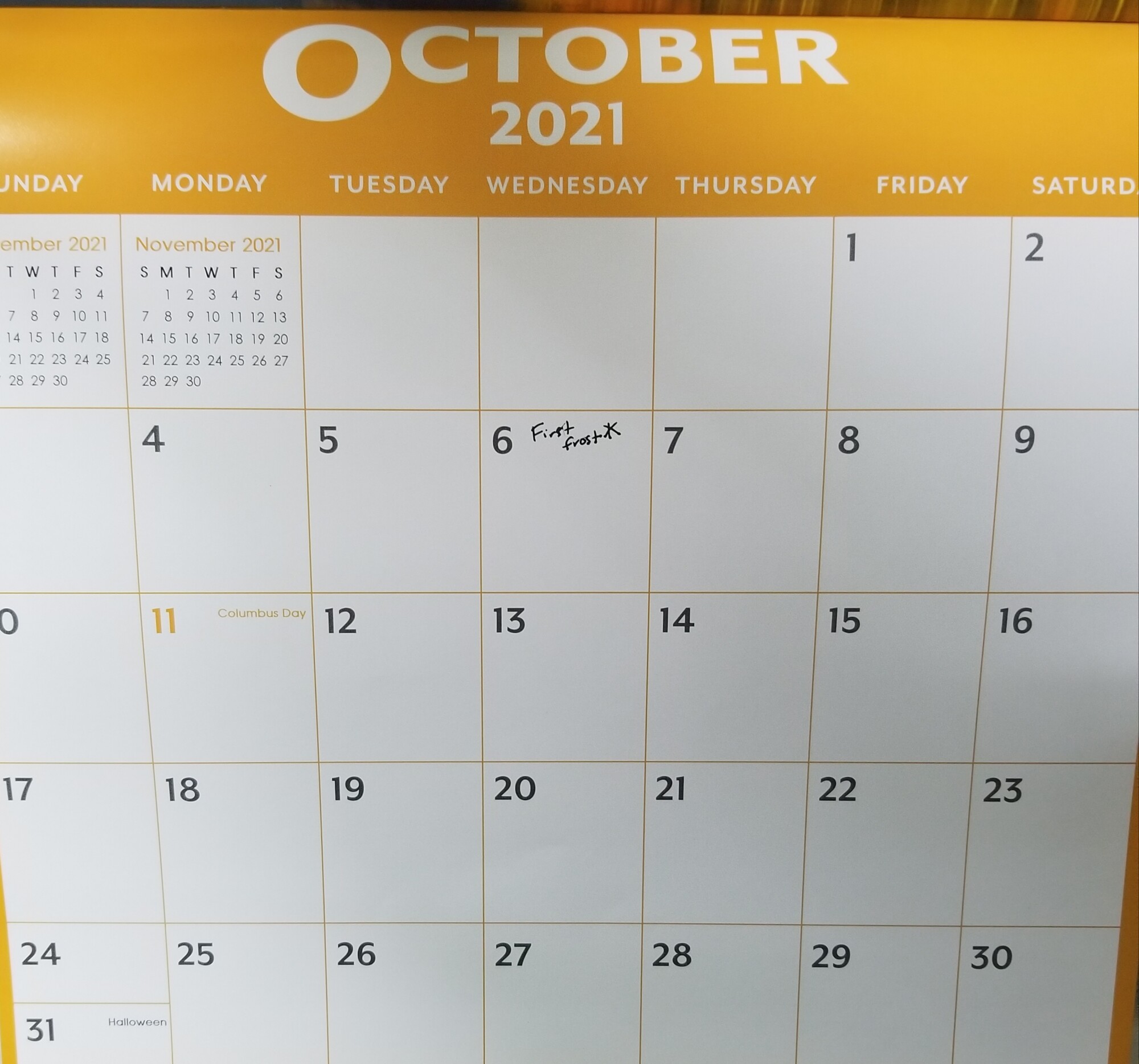
Once you have these dates, mine are April 28th and Oct 6th, grab a wall calendar for gardening notes and write these dates on it. These dates will be used for determining when to start seeds and plant out in the garden. Having a calendar to write on will make it easy to see what needs to be done each week as well as give you feedback from your notes for next year. A notebook or journal is helpful too.
Now, count the number of days between the dates. For me this is 160 days. This is your growing season and the maturity number for most vegetables in your garden. Some plants will be more frost tolerant and be able to grow outside those dates, but for warm weather plants, you should make sure the variety you are planting will mature in that time frame.



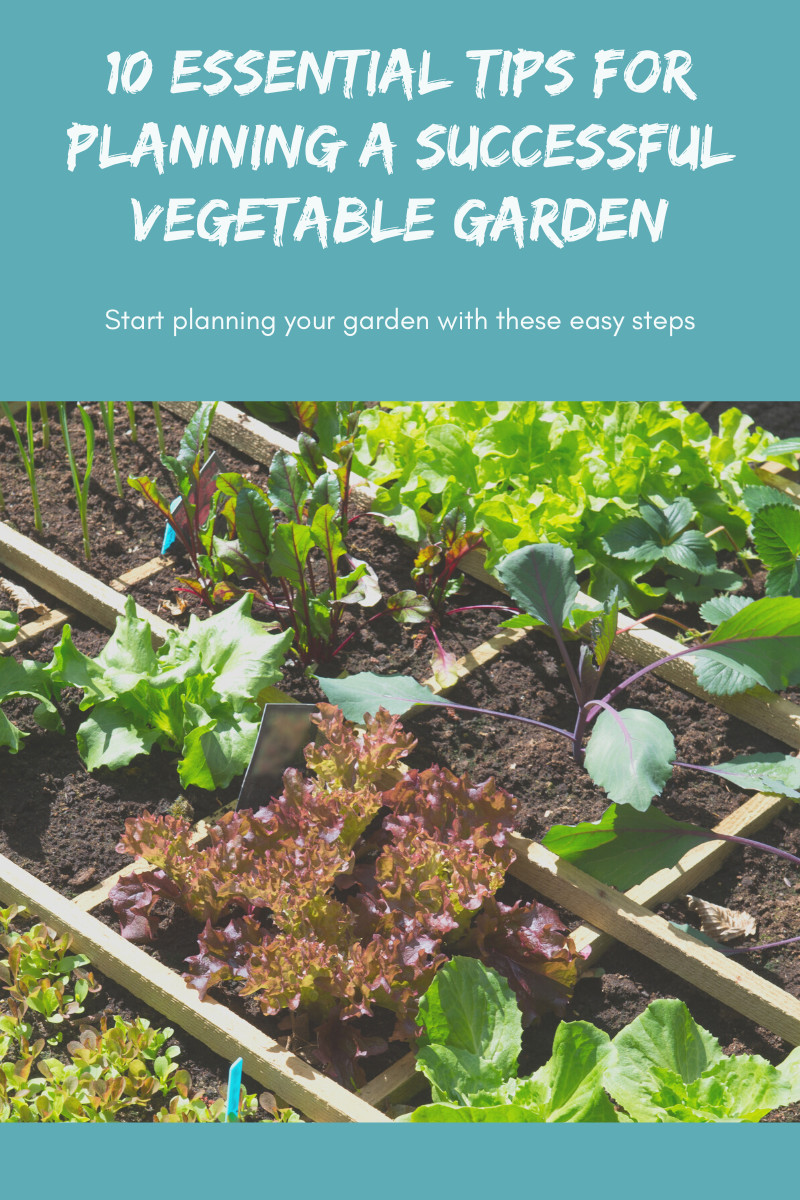


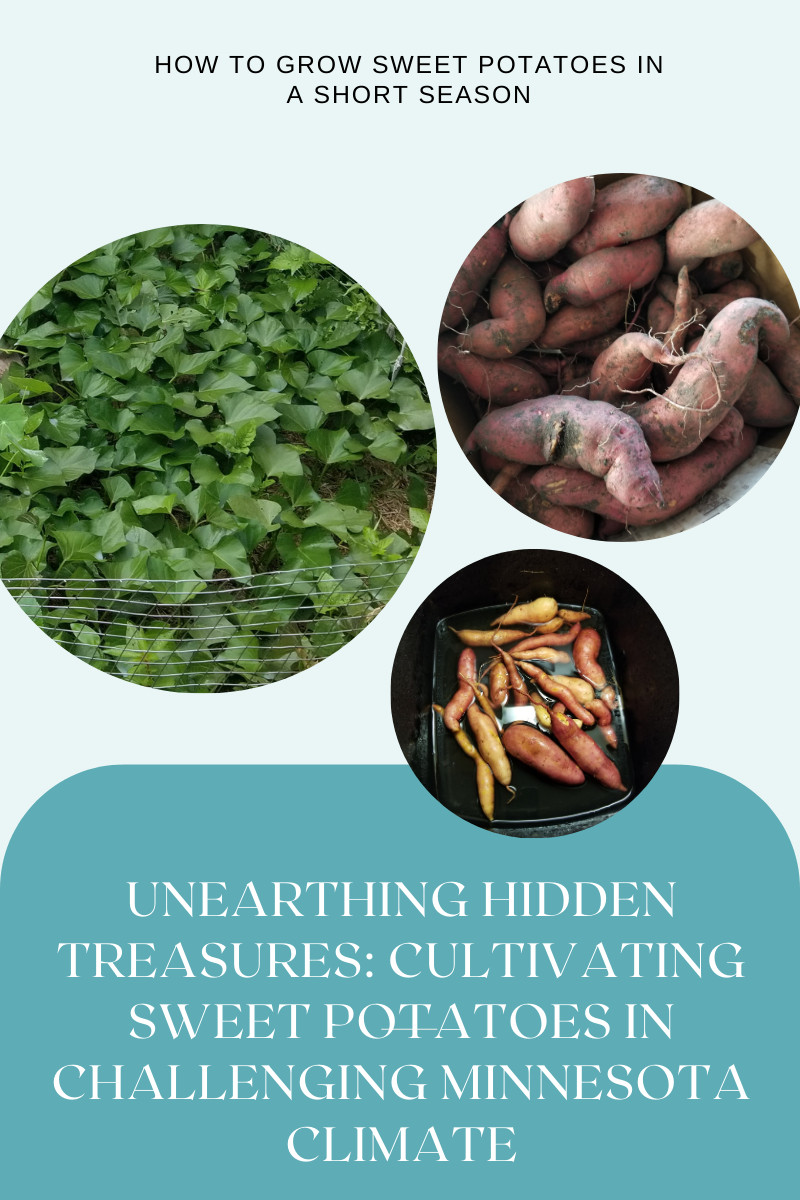

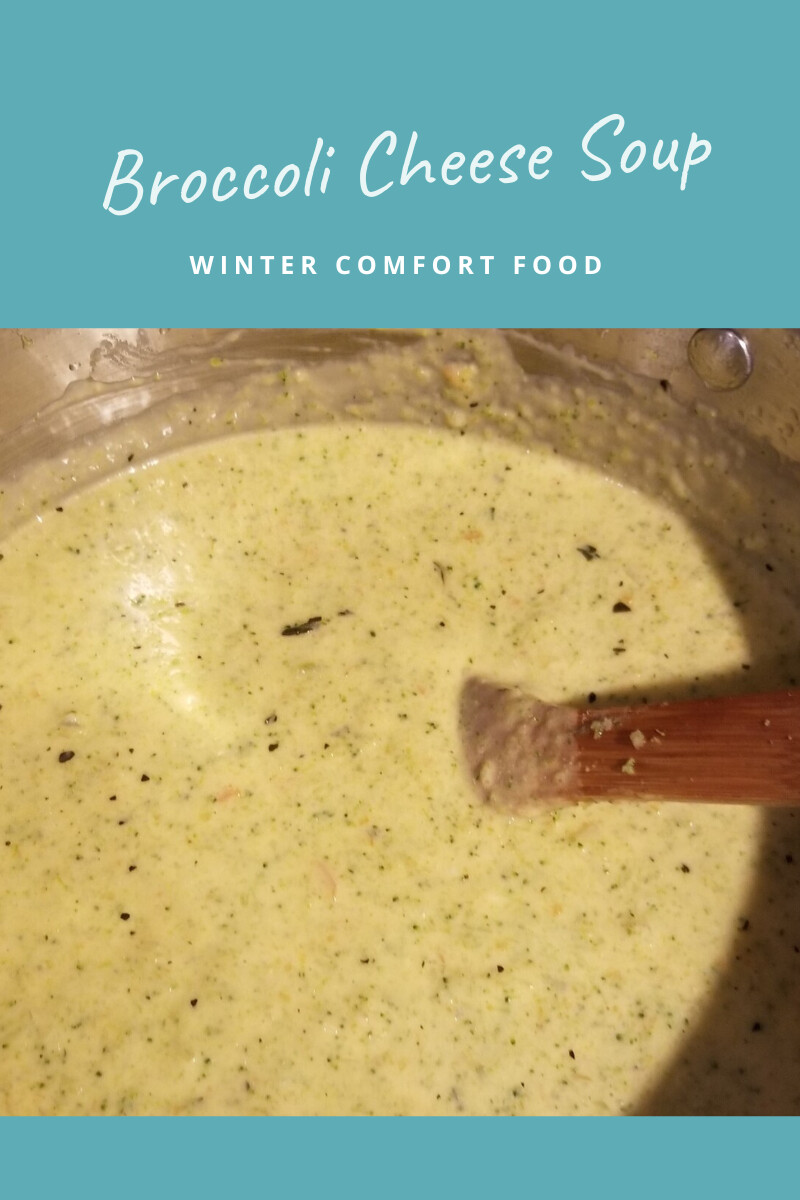
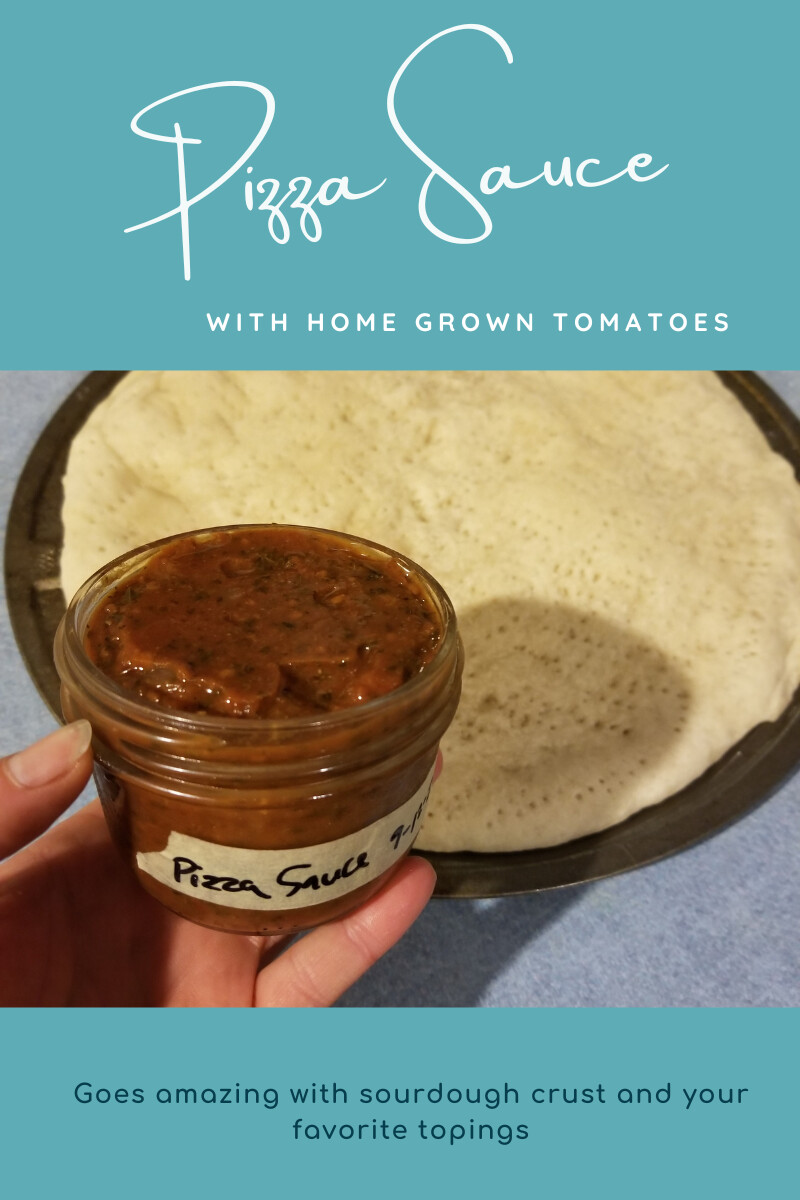


0 Comments